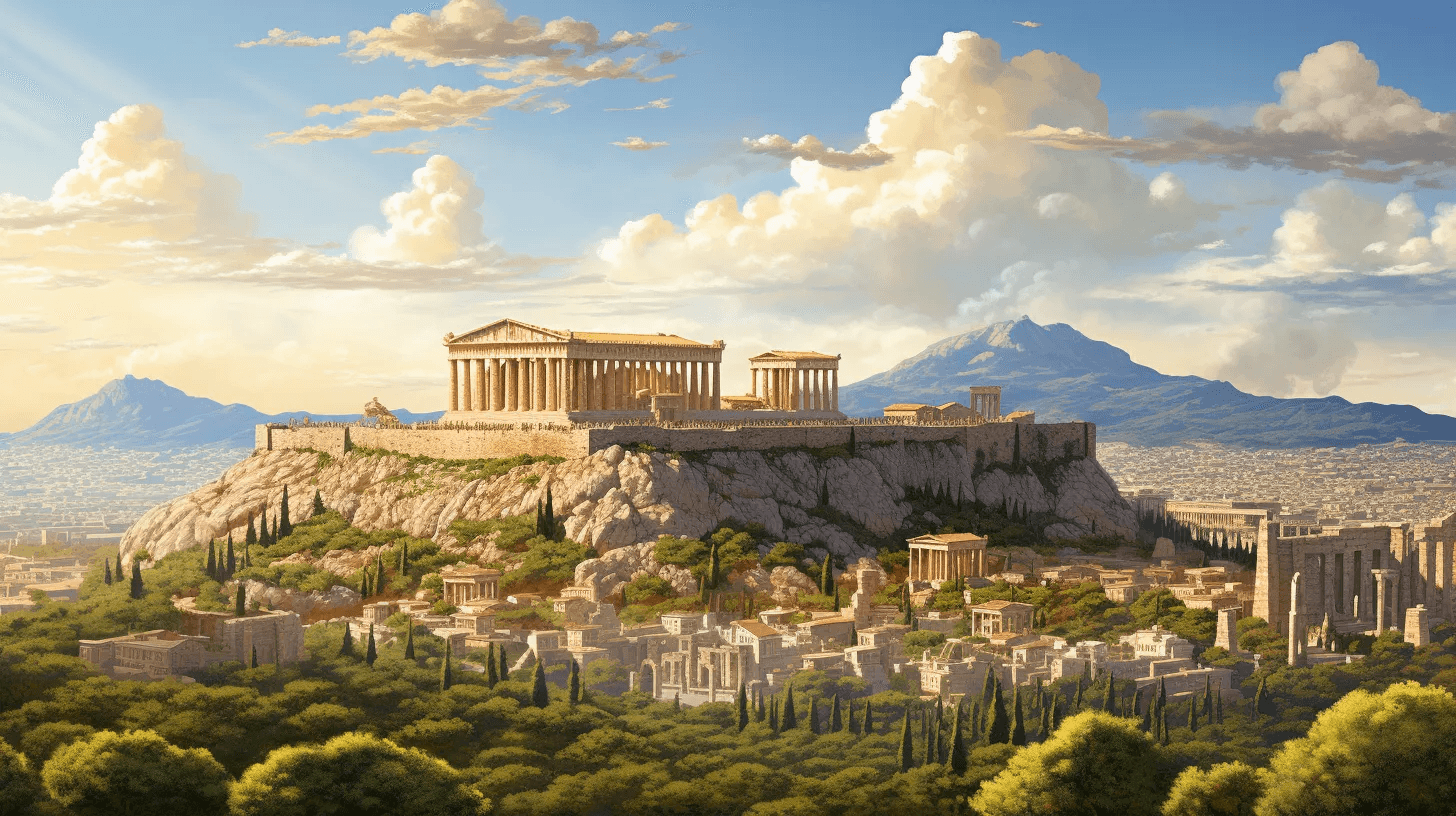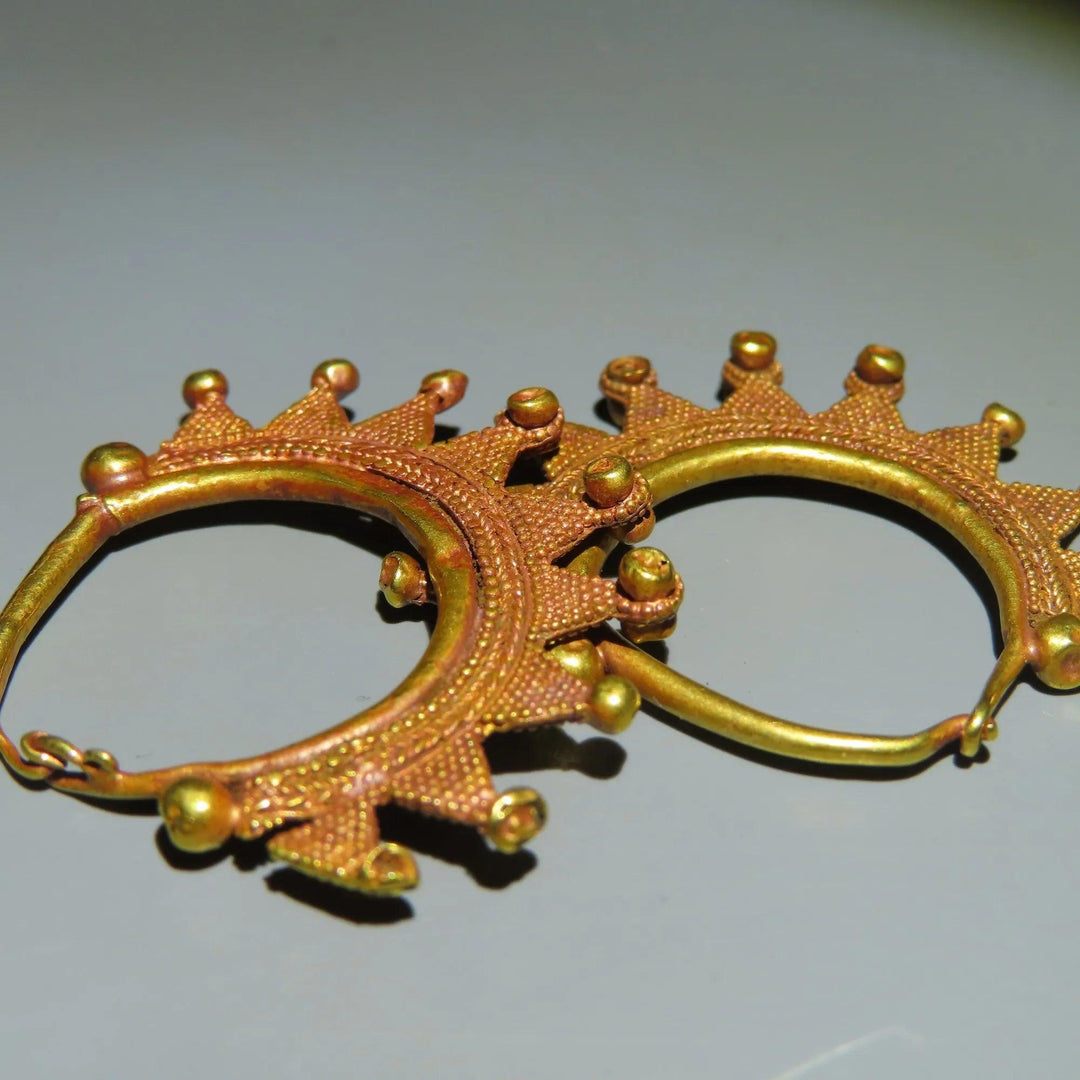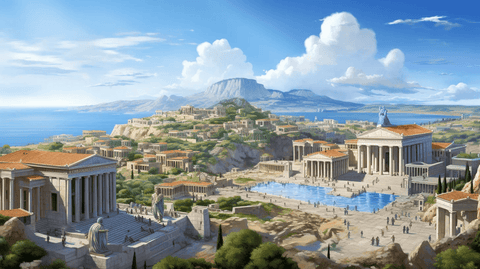
Hellenistic Period: Artifacts from the Golden Age of Greek Expansion and Culture (323BCE - 31BCE)
Step into the world of Hellenistic Greece with our collection of genuine artifacts. Experience an era marked by the spread of Greek culture, monumental art, and the rise of great empires following the conquests of Alexander the Great.
Hellenistic Greece - spanning from the death of Alexander the Great in 323 BC to the rise of the Roman Empire in 31 BC. This period witnessed the fusion of Greek culture with those of the East, leading to a renaissance in art, science, and philosophy.
Key Highlights:
- Age of Empires: Following Alexander's conquests, his vast territories were divided among his generals, leading to the rise of the Seleucid, Ptolemaic, and Antigonid empires.
- Cultural Fusion: The Hellenistic era saw a blend of Greek and Eastern cultures, giving birth to new art forms, religious practices, and philosophical schools.
- Centers of Learning: Cities like Alexandria in Egypt became hubs of knowledge, housing institutions like the Library of Alexandria and attracting scholars from all over the known world.
- Monumental Art: Hellenistic art was characterized by its grandeur, realism, and emotional depth, with sculptures like the Laocoön Group and the Venus de Milo being prime examples.
Regions: Hellenistic influence extended far beyond Greece:
- Anatolia: The heartland of the Antigonid Empire and home to cities like Pergamon and Ephesus.
- Egypt: Ruled by the Ptolemaic dynasty, with Alexandria as its crown jewel.
- Mesopotamia and Persia: Parts of the vast Seleucid Empire, which also extended into Central Asia.
- Macedonia and Greece: The homeland, where the Hellenistic culture flourished in cities like Athens and Corinth.
Valued Materials: The Hellenistic period, with its prosperity and cultural exchanges, cherished a range of materials:
- Marble and Bronze: Predominantly used for sculptures, statues, and architectural elements.
- Gold and Silver: Employed in crafting jewelry, coinage, and ceremonial objects.
- Papyrus: Essential for writing, record-keeping, and the spread of knowledge.
- Precious Stones: Used for decoration, jewelry, and as symbols of wealth and power.
Relevant Time Periods: The history of Hellenistic Greece can be divided based on major events and dynastic rules:
- Early Hellenistic (c. 323–250 BC): Marked by the division of Alexander's empire and the establishment of Hellenistic dynasties.
- Middle Hellenistic (c. 250–150 BC): Characterized by cultural flourishing, scientific discoveries, and occasional conflicts between the Hellenistic kingdoms.
- Late Hellenistic (c. 150–31 BC): Leading up to the Roman conquest, marked by internal strife and the decline of Hellenistic dynasties.
Step into our curated collection of Hellenistic artifacts, each echoing tales of ancient philosophers, artists, and rulers. From intricate jewelry pieces to masterfully crafted sculptures, immerse yourself in the rich heritage of an era that shaped the course of Western civilization.









